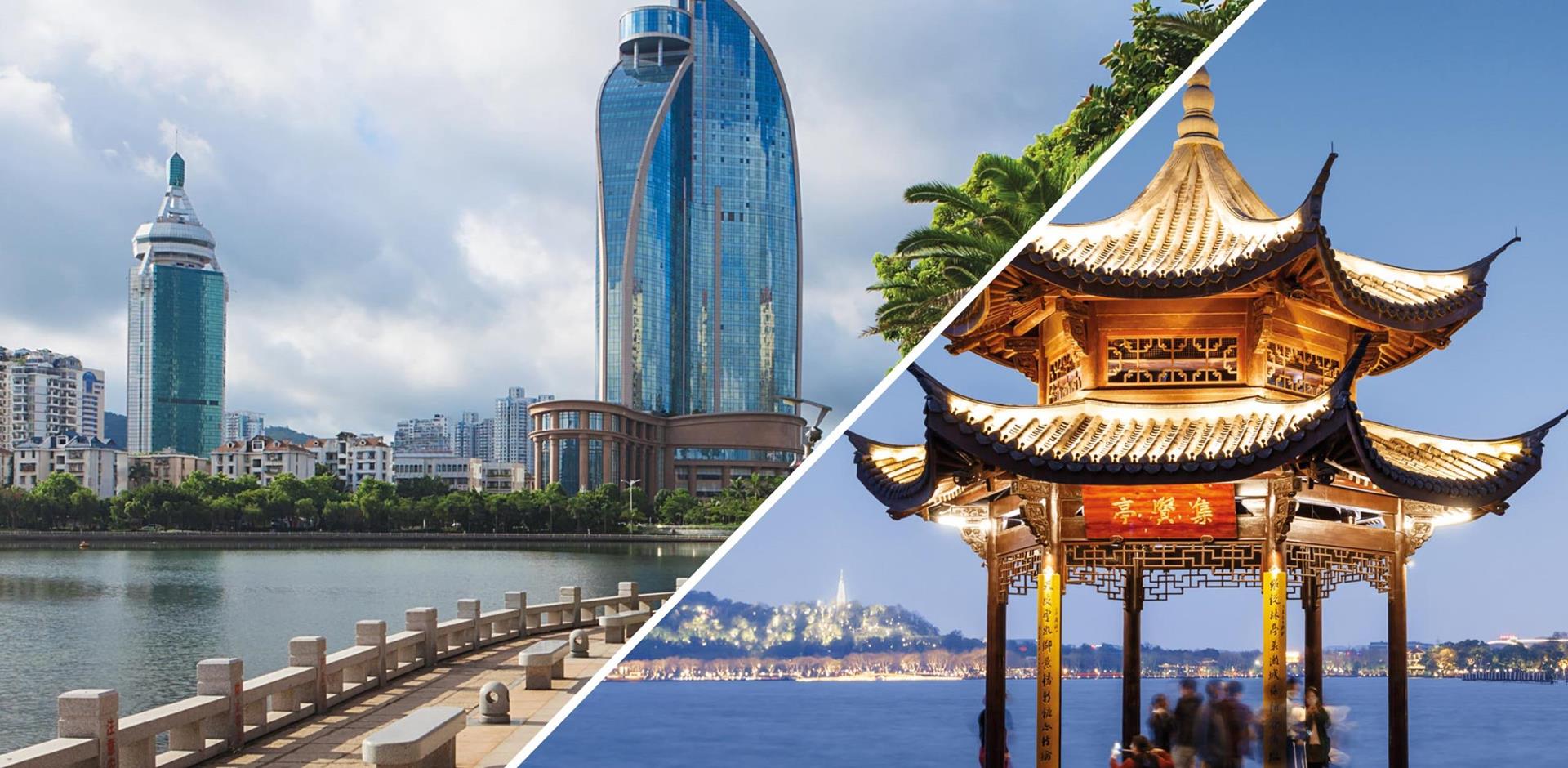
Five famous regions of China
Penelope Rance shines a light on this land of contrasts, from its ancient cities to its high-tech hubs. Additional research by Gerald Hatherly.
Some of the ancient world’s most sophisticated civilisations were forged in China, but visitors to the country will not find a nation basking in past glories. Here the modern world shines just as bright, progress marching ahead while showing due deference for its noble history. And it’s possible to discover it all, exploring the past and present of this fascinating country on a tailor-made A&K holiday. If the thought of trying to unlock China’s secrets on your own is intimidating, let us lead you off the tourist trail to marvel at its many wonders. We’ll take you to some incredible locations where you can experience China, both old and new, in all its multi-layered magnificence.
Quanzhou and Fujian Province
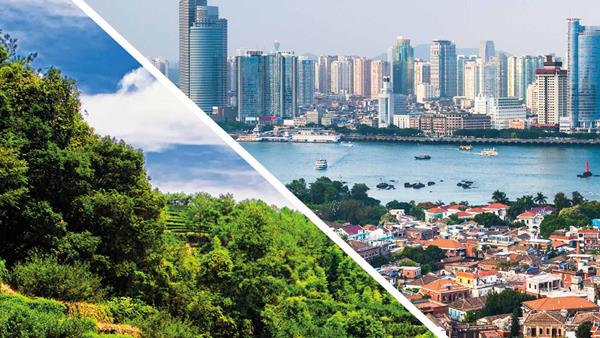
Despite its importance in China’s history, Fujian is often overlooked by visitors to the country. Today a centre for international trade and development, it has long been one of the great tea regions of China, notably at Wuyi Mountain, home to Dahongpao cha (Big Red Robe tea), a variant of oolong said to be worth more than gold. Also found among the province’s mountains is the Tulou architecture of the Hakka people, built between the 15th and 20th centuries, and now a UNESCO World Heritage Site.
Fujian’s largest metropolitan region, Quanzhou, was the biggest seaport in China during the two Song Dynasties (from 907 to 1279), trading with South-East Asia, India, the Middle East, and beyond. The city contains early mosques, an Arab graveyard and relics from the Tang (618-907) and Song periods.
The province is still at the forefront of trade and commerce, and is a leader in joint-venture industry, with international companies including Boeing, Dell, GE, Kodak, Nokia, and Siemens basing production facilities there. The Fujian Golden Triangle of Zhangzhou, Quanzhou, and Xiamen is one of the key production zones in China.
Xian and Shaanxi Province
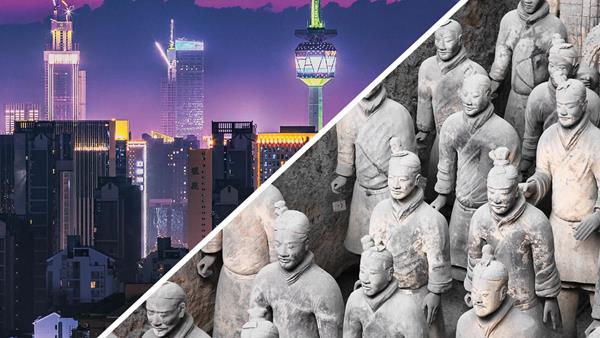
Nowhere do ancient and modern China contrast more strikingly than in Xian. The capital of Shaanxi Province is perhaps the country’s most historic city, and sits at the leading edge of China’s high-tech explosion.
Head of the Silk Road for over 1,000 years, and the seat of power for 13 ruling periods of Chinese history, there are more than 70 imperial burial sites around Xian, including that of Emperor Qin Shi Huang, still guarded by his Terracotta Army. The largest ancient city wall in China encircles it; the first mosque was constructed here in 742; and it houses the ruins of Banpo Neolithic village, dating back 6,000 years.
The modern face of Xian is as a seat of education with 90 degree-granting universities and colleges graduating 350,000 students per year. Many go on to work for one of the international companies which have set up operations in the city, designated by the government as a central innovation hub for the tech industry. This has earnt Xian its new title: Capital of the 21st Century Silk Road.
Hangzhou and Zhejiang Province
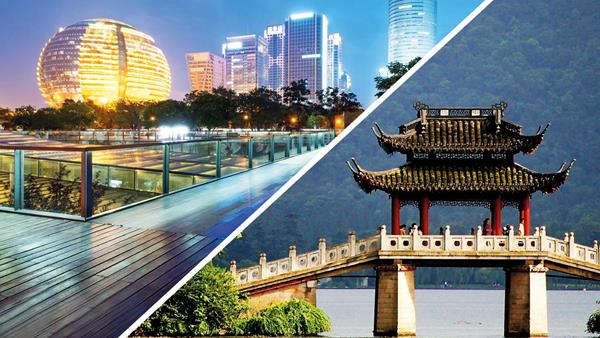
The epitome of old entwined with new, Hangzhou embodies the quintessential China of pagodas, gardens, and temples, while still being its wealthiest business city, with the highest concentration of entrepreneurs.
The region around Hangzhou is home to one of the most advanced known Neolithic cultures, flourishing from 5500BC to 3300BC, and considered the first Chinese people to cultivate paddy fields, have advanced pottery works, and use lacquer. A centre for silk and tea production, Hangzhou was the capital of the Southern Song dynasty (1127-1279), when it was also the largest city in the world.
Now a metropolis of seven million people, Hangzhou is the heart of China’s Silicon Valley. Home to ecommerce giant Alibaba, it continues to lure tech start-ups and entrepreneurs. But it’s not all digital: a centre for the revolution in landscape painting in the 12th century, these days the city is home to the China National Academy of Fine Arts.
Yinchuan and Ningxia Hui Autonomous Region
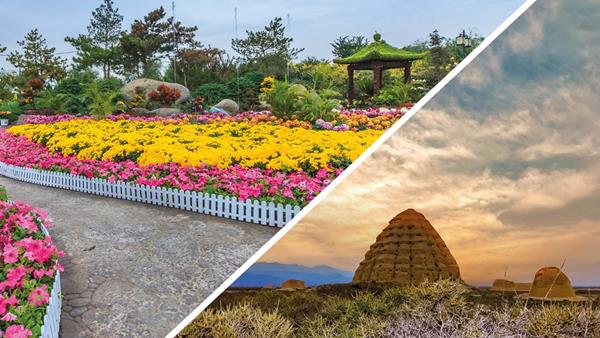
Little known to visitors from the West, Yinchuan and Ningxia serve as an illustration of China’s aspirations for the 21st century. In 2000, the country barely registered as a wine producer. Less than two decades later, it ranks seventh in the world in terms of production, with Ningxia’s 100-plus registered wineries creating award-winning vintages. A handful of these are open to the public, with some offering guided tours, meals, and accommodation.
The region’s history is as impressive as its future. Ningxia was once part of the Ordos, a wild steppe wasteland home to warlike tribes of horsemen. This western frontier separated the nomads from the civilisation of ancient China. It made up the Western Xia region of the Tangut Empire, which lasted from 1038 until 1227, when the Xi Xia were annihilated by Genghis Khan and his Mongol horde.
Taiyuan and Shanxi Province
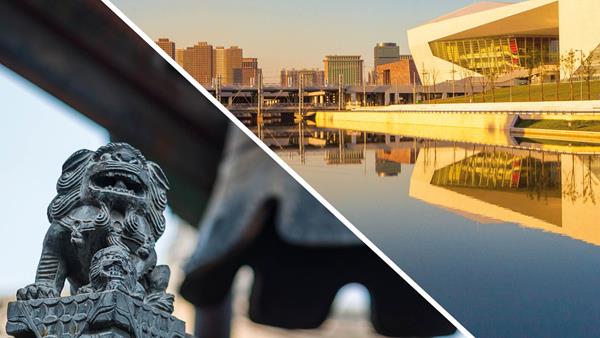
One foot firmly in the future, Shanxi is an important military region and a leader in power generation, while the capital Taiyuan is a hub for industry, education and research. It is full of museums, temples, universities, and charming green spaces.
The other foot is rooted in the past. A cradle of early Chinese civilization, the province ‘West of the Mountains’ birthed the revolution which created the People’s Republic. It shelters sacred mountains including Daoist Hengshan and Wutaishan, the famous Buddhist site. Ancient Datong, capital of the Northern Wei Dynasty from 398 to 493, boasts the Hanging Temple, Yungang Buddhist Grottoes, Shanhua Temple, and the Nine Dragon Screen. Shanxi is also home to Pingyao Ancient City, a UNESCO World Heritage Site demonstrating early town planning by the Ming and Qing Dynasties.
Feeling inspired? Browse our suggested China itineraries, or speak with one of our travel specialists about a tailor-made holiday to this fascinating destination.
- Holiday ideas
- Accommodation
- Holiday ideas
China & the Yangtze 2024
Travelling by pedicab, bullet train, river cruiser, and plane, explore a sublime series of attractions. Perfect for foodie fans, nature enthusiasts and culture lovers alike, this itinerary offers authentic discovery
Classic China
Discover the classic delights of China with more than a touch of class
Discover Tibet
Create your own adventure in Tibet as you explore the magnificent sights of this peaceful mountainous region
Discover China
The Discover China itinerary includes visits to the Forbidden City, Temple of Heaven, Tiananmen Square, the Summer Palace and the army of Terracotta Warriors
China & the Yangtze 2025
Travelling by pedicab, bullet train, river cruiser, and plane, explore a sublime series of attractions. Perfect for foodie fans, nature enthusiasts and culture lovers alike, this itinerary offers authentic discovery
- Accommodation
